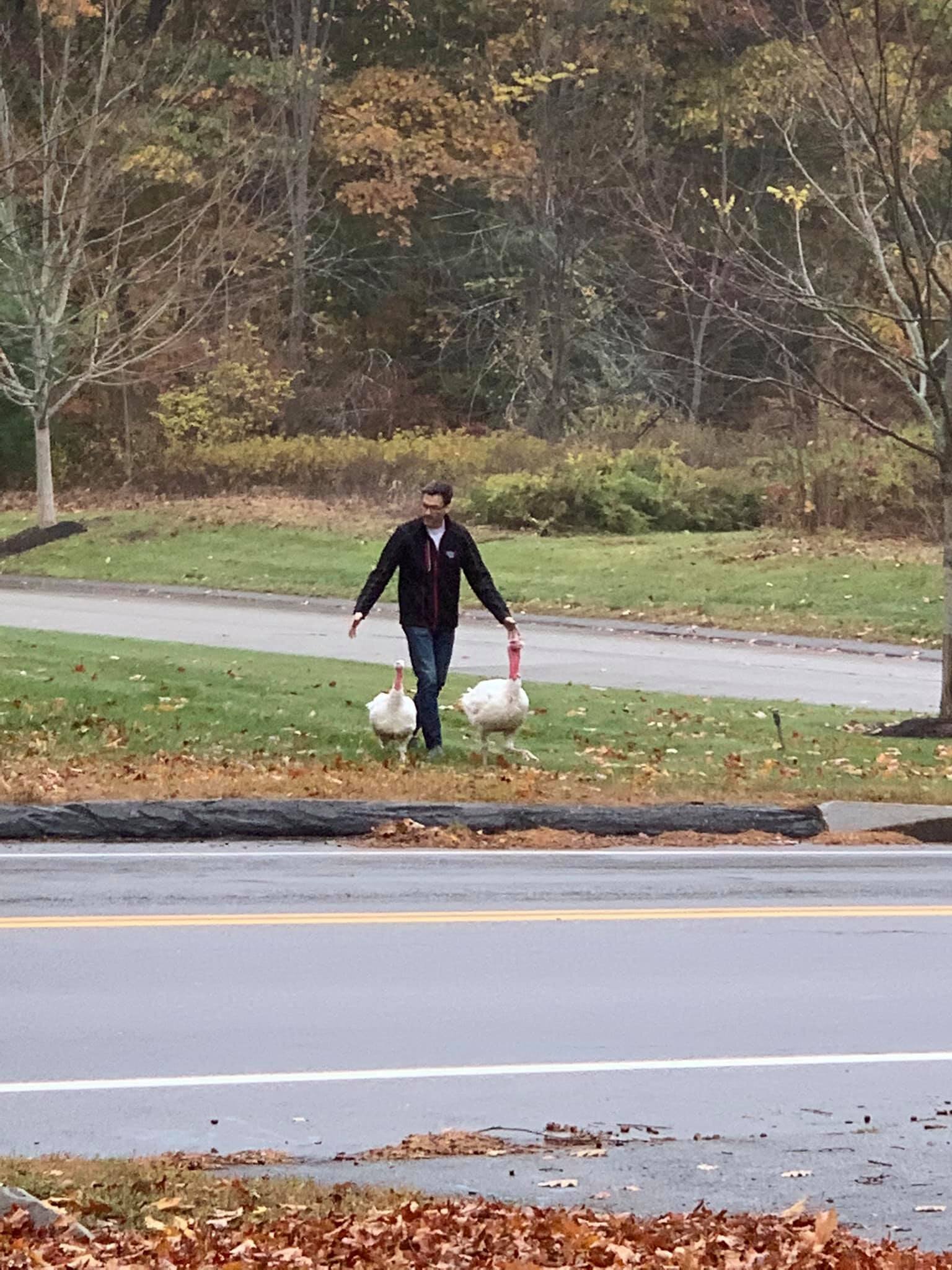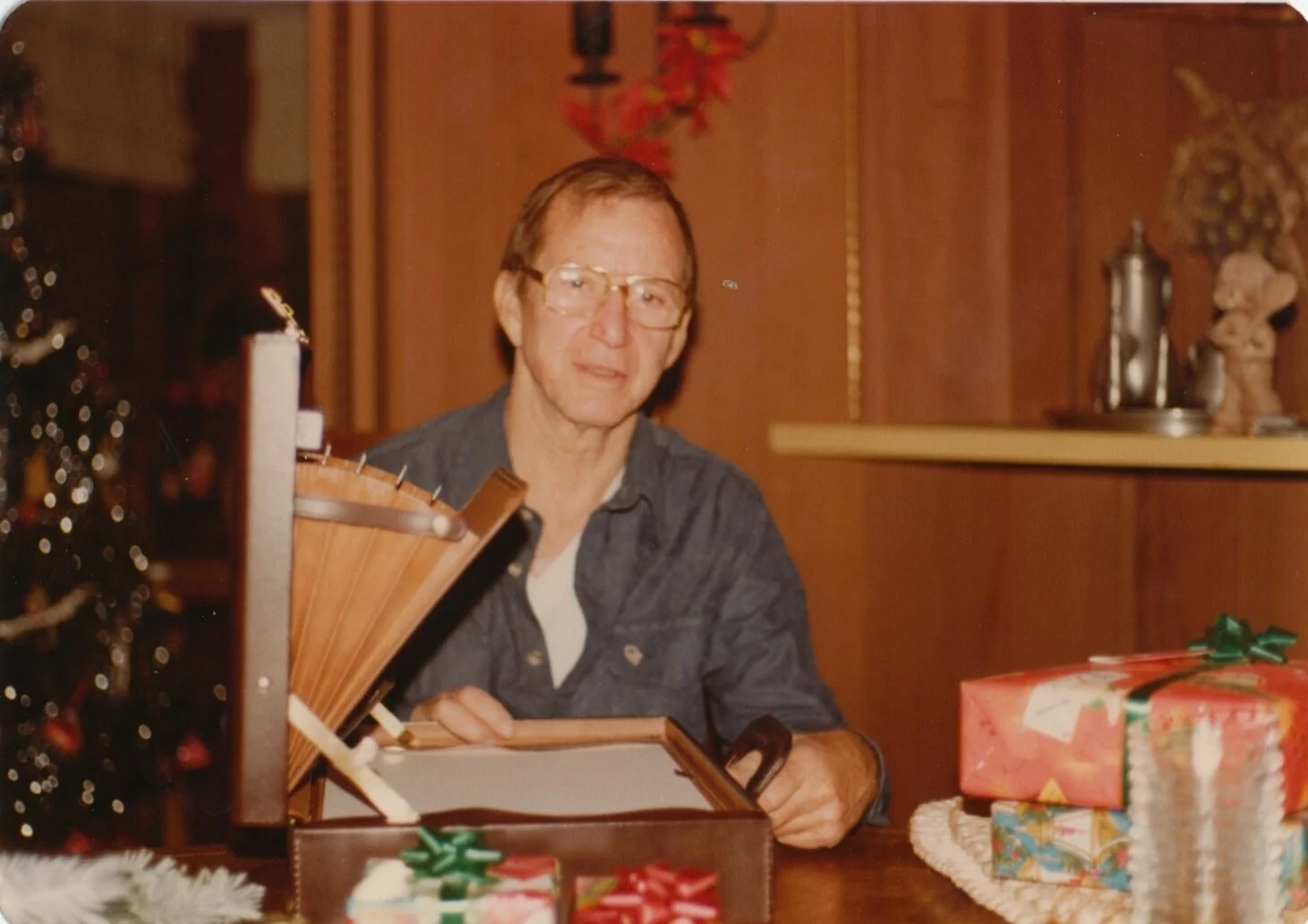Test subject
/A couple of weeks ago, we had our friends the Wylies come out for a visit from San Francisco. They have 12 or 13 kids, at last count, the oldest of which are entering that age where they're forced to study American history for the first time, and learn all of SchoolHouse Rock by heart. They drove up and down the New England coast for a week or so, hitting Boston, Philadelphia, New York and D.C. And while they were staying with us, we took them out to Concord and let them soak in all the Revolutionary goodness.

What did our friend Darcy find most impressive? Archie Bunker's chair in the Smithsonian.
She's Canadian. We must make excuses.
While they were here, we took them out to Old Sturbridge Village, a kind of living museum, recreating life in New England in the 1830's. I had heard about this a few times before, but we hadn't made it out there until this summer. I fell in love with the place, and immediately bought us a 3 year family membership. I'll write more about that another time.
But this is one of my finds there:

Make my own cheese? Be the master of my very own bacteria, cultures and cholesterol?
Oh hells yes.
I came home and put out a foodie-call to a couple of buddies of mine to see if they'd like to come over and try our hands at making some of our very own cheeses. How hard could it be? All you need is some rennet (from the stomach lining of any of a variety of dairy animals), some citric acid, some not-ultrapasteurized milk (hmm. this one might take a little thinking), and some time.
Both my buddies answered the call, and just said to schedule a time. In fact, they were so positive about the idea, that I began to get a little nervous. I'd never done this before, and I would hate to poison us all. I started thinking that a test batch might be in order.
The milk was a bit tricky. The desire for the longest shelf-life possible means that they take pretty much all the good stuff out of your milk, and break down the lovely, delicious fat, proteins and bacteria that make for a good cheese. But some research on dairies that use low-heat pasteurization (and thank heavens for once that all the old hippies get vocal about 'back to nature' milk) and a quick trip to Whole Foods, and I'm good to go.
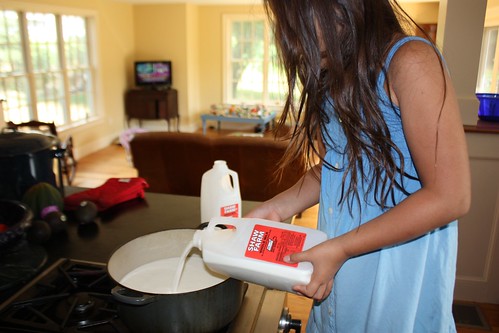
I started with mozzarella. According to the book, you can make mozzarella even if you're a ham-fisted monkey, and the tolerance on the milk and process is pretty wide. Better yet, it promised that the whole thing could be accomplished in about 30 minutes, and without much in the way of equipment or experience.
1 gallon of milk is supposed to equal about 12oz of mozzarella. Sounds good. The investment is small. The Critter even gave me a hand so that I could take photos to document the whole thing.
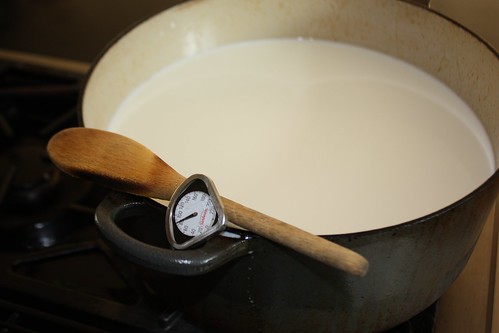
After a few minutes in the pot, I got the temperature up to 90 degrees F. Add your citric acid, and the rennet, with "a vigorous up and down stirring motion". I have no idea why up and down. I'm sure there's solid science behind it, though.
Once done, just push it over to the side, and let it rest a few minutes.
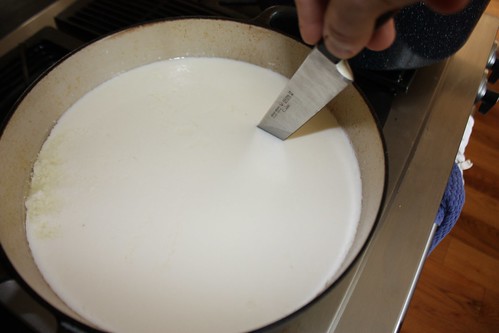
The whole thing turns kind of custard-y. Sort of solid, sort of not. This is the beginnings of the set, and the separation of the whey from the milk solids.
You end up cutting this up - I am pretty sure the cutting part just makes the next part a little more simple.
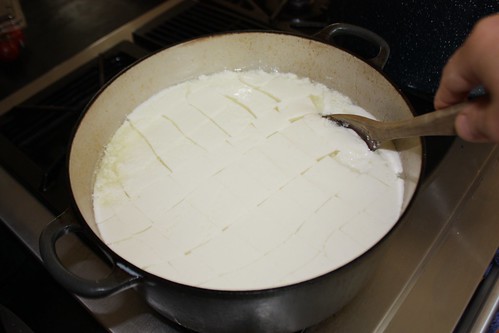
Look, Ma - curds!
Heat this back up to about 110 degrees now, and stir slowly. It continues to separate further - eventually looking sort of like something you're not sure is ever going to turn into mozzarella, let alone something edible.
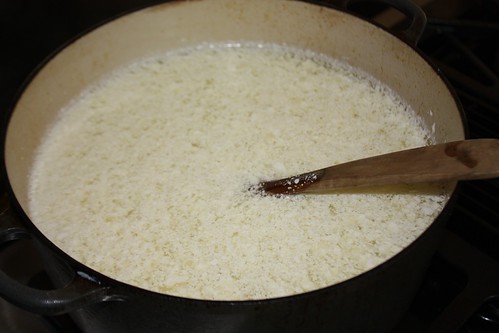
Meanwhile, I've been heating up a giant pot of water on the other side, to a not-boiling-but-I-spilled-some-on-myself-while-I-was-checking-the-temperature-and-holy-mother-of-god-it-hurt 185 degrees. (note: the directions were really this precise. What they really mean is "we're going to use this to warm stuff up later. You need it warm enough for that without boiling." But being precise I'm sure just avoids people writing in with questions like "how hot is "hot""?
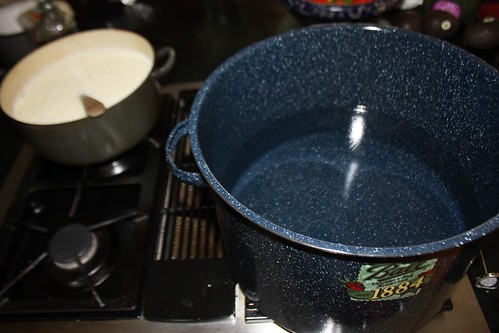
Now it's time to separate the curds & whey.
Every time I said "curds & whey" I kept thinking Miss Muffet actually sat down and ate this stuff, just like this? If only she knew that (according to my instructions) she was only minutes away from delicious mozzarella! Because this whey stuff looks pretty unappetizing...

After a few minutes of ladling, I have a colander full of curds.
Our Canadian friend, Darcy, might have been unable to proceed at this point because of the temptation to turn these into poutine, but we pressed on through.
Dip the colander into the not-boiling water a few times until it's stretchy and melty. Add salt, and pull like taffy.
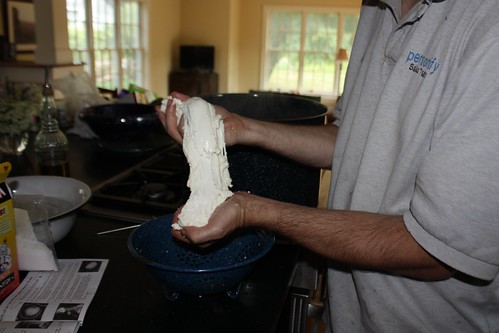
In almost no time, we had what looked and felt remarkably like real mozzarella cheese. It was still warm, and the recipe encouraged us - encouraged us, mind you - to pinch off some and try some right there.
Holy crap. We made really good mozzarella cheese.
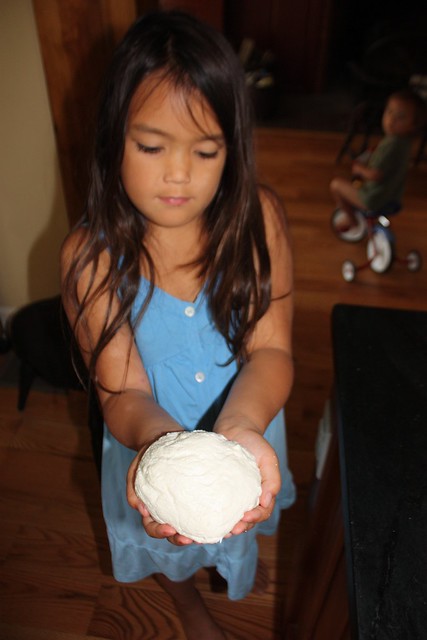
Start to finish, it really was less than 30 minutes. I dropped it in an ice water bath for 10 minutes to firm up, and we made paninis with fresh tomatoes, basil and mozzarella for lunch.
Over all, the process is ridiculously easy, and definitely gave me the confidence to try some additional cheese recipes with our friends. Cheddar & Parmesan next, and then I think I'll work my way up to a deliciously, decadently stink Stilton.
Note: All cheese making materials, ingredients and instructions can be found on Cheesemaking.com




